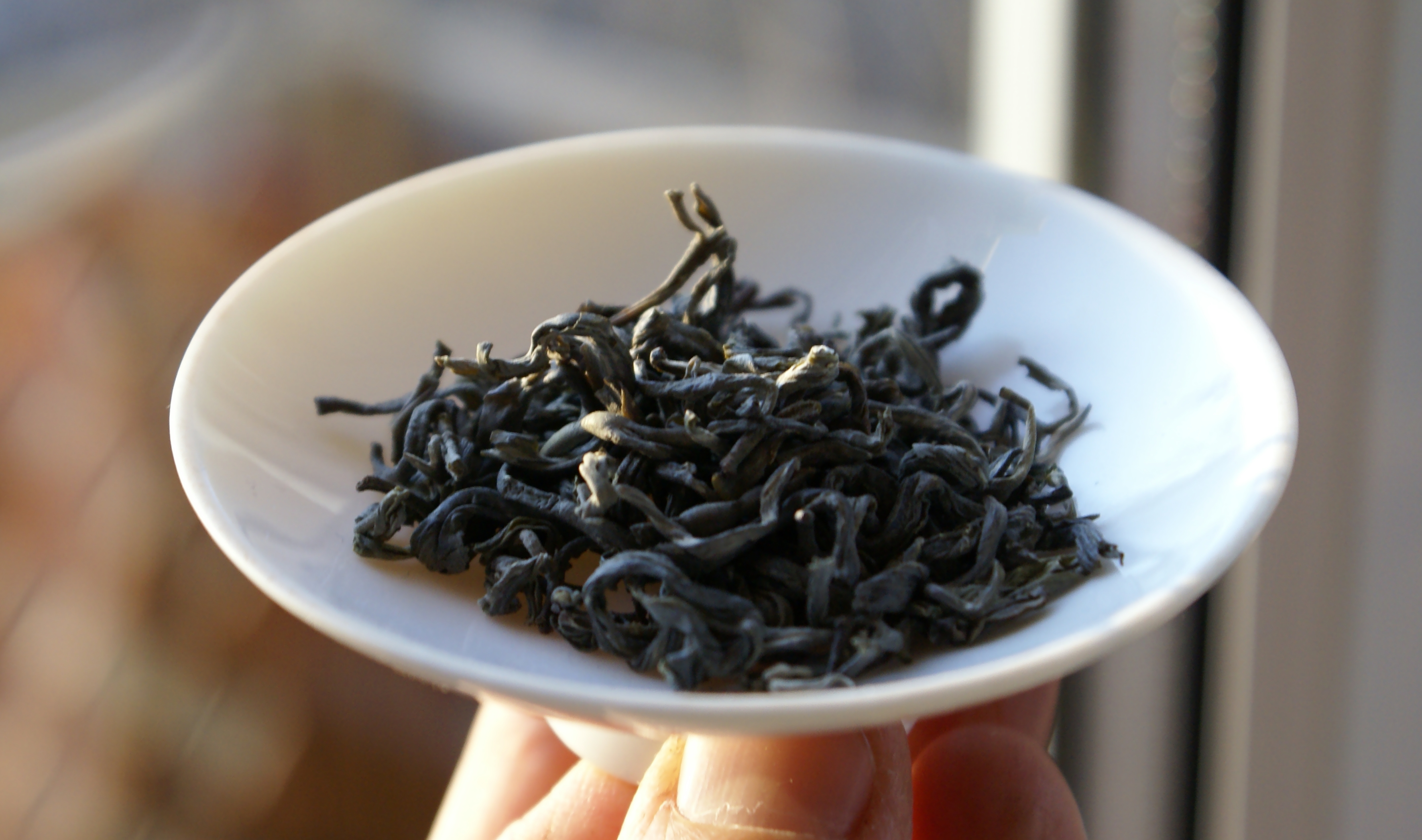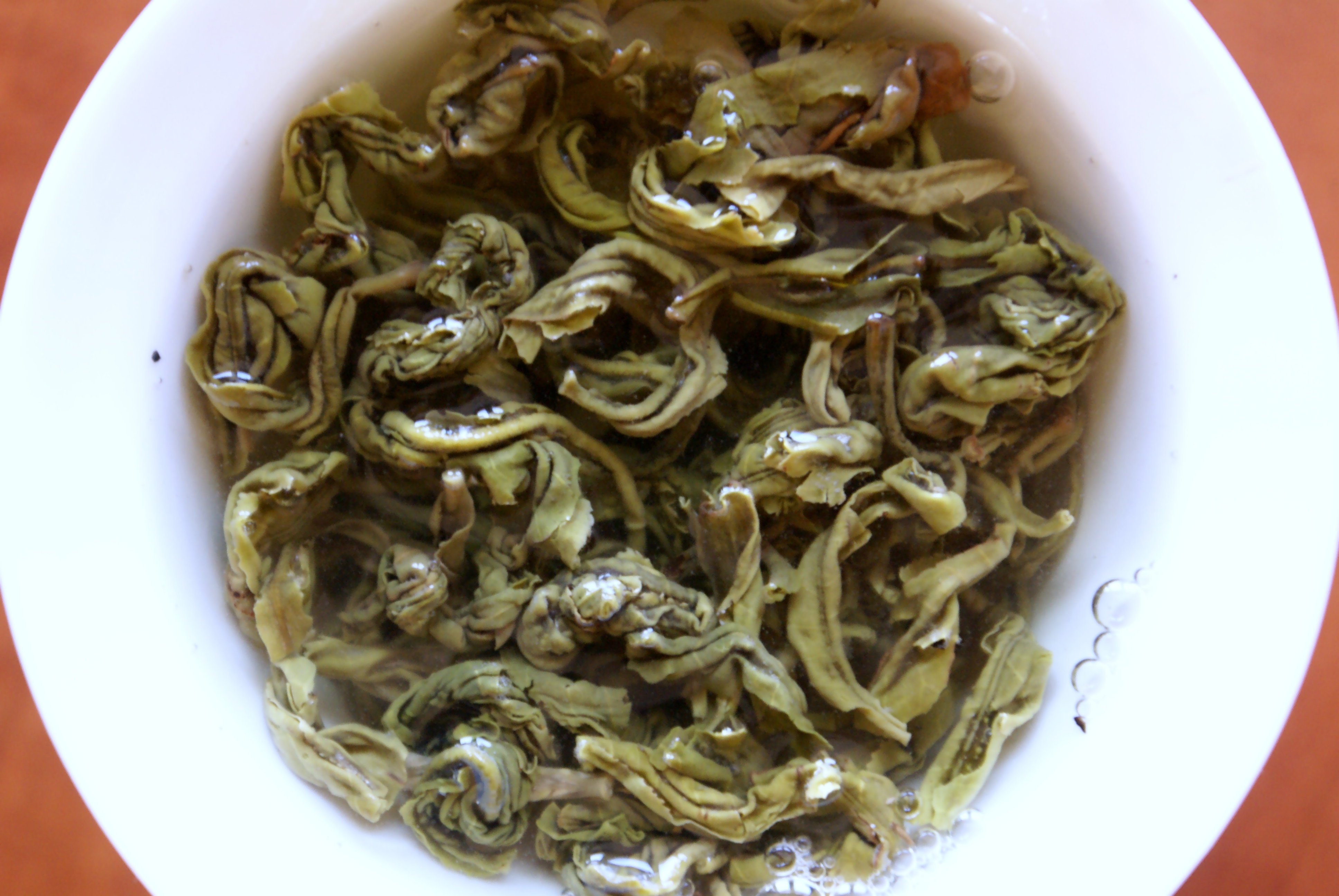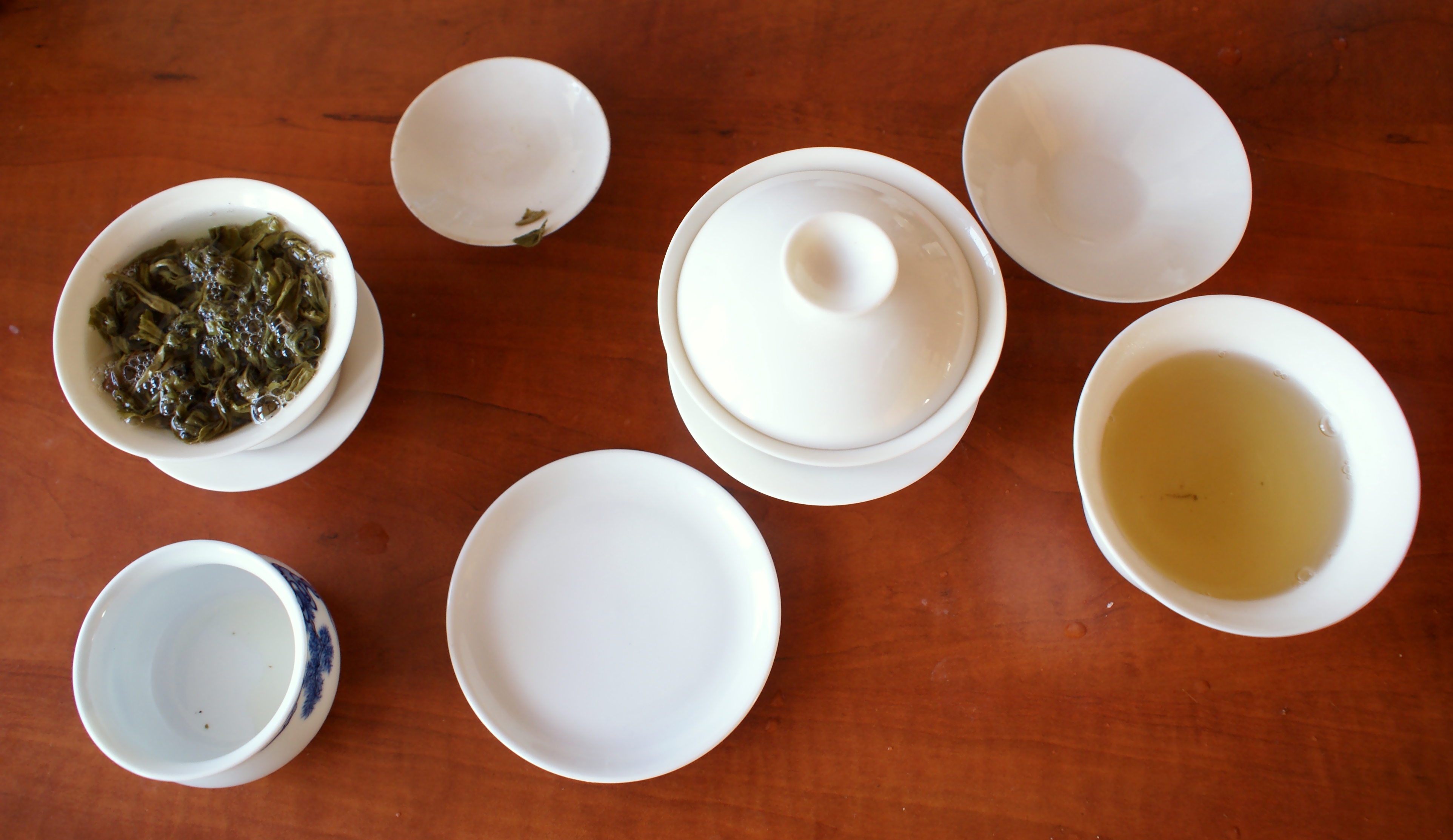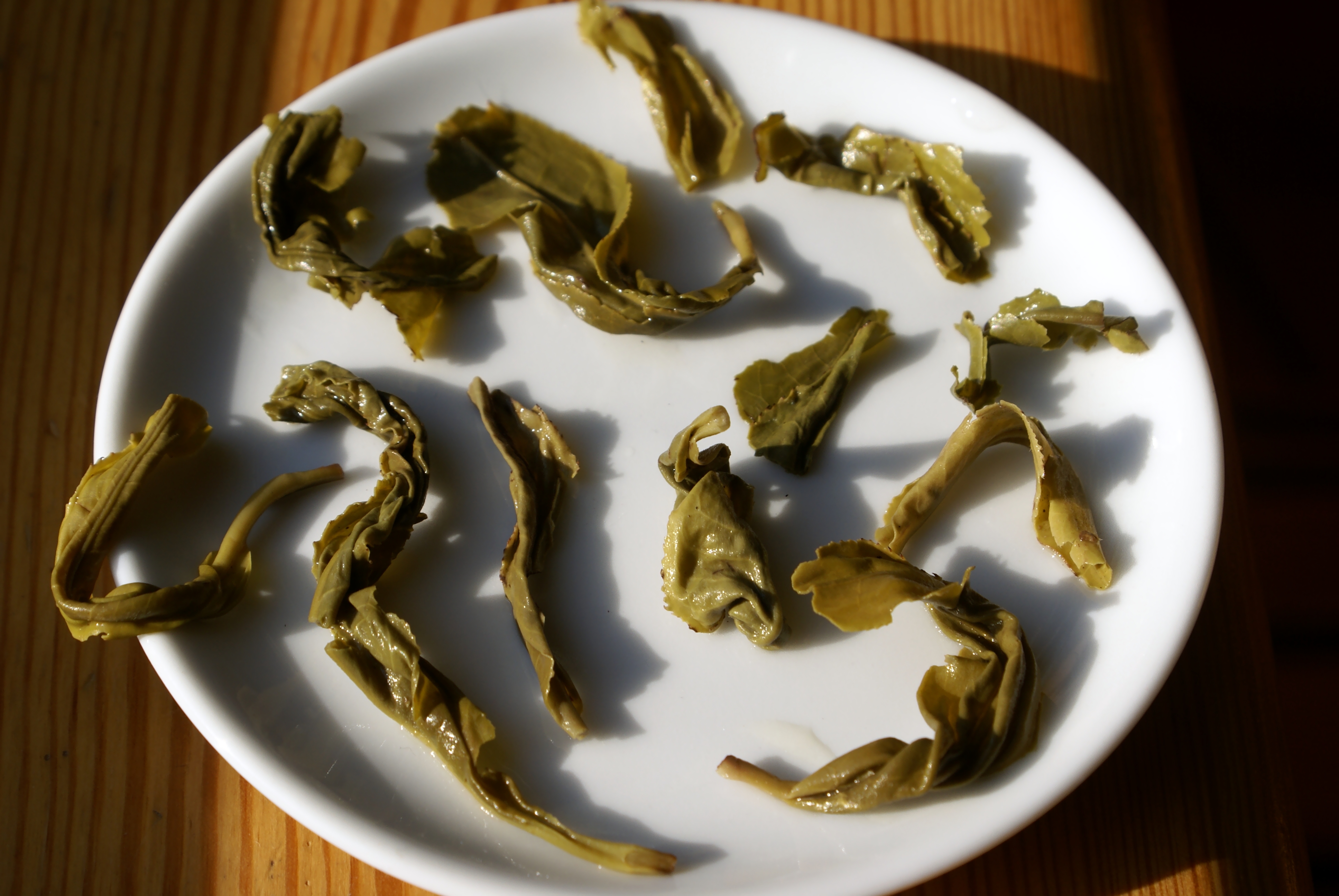Vietnam, again
Posted on 2 March 2011
I took advantage of my recent stay in London (see my Burgundy and tea reports) to catch up with Alex Fraser of Eastteas. Alex was my early guide into the world of fine tea when I lived in the UK in 2001/02. He still sells tea from a Borough Market stall (although slightly relocated to a new position on the Jubilee Market) and it was great to see some of my old favourites being offered such as Korean Nokcha and old-tree Dahongpao. In a world where tea descriptions are either nebulously poetic or incoherently formulaic Alex is also one of the few tea sellers to produce excellent tasting notes on his products; they’re among the best I’ve read anywhere.
One recent addition to the Eastteas range is a green tea from Vietnam. I recently praised a similar tea, but while that one was simple commercial stuff that just drank well, here was something quite more serious: made from semi-wild trees high up in the Lào Cai mountains by lady teamaker Nguyen Thi Thuy, it positively looks like a Vietnamese grand cru. Since Eastteas’ buying – authored by Alex and his business partner Tim d’Offay – has been invariably sound with some real gems from Korea, Japan, China and Taiwan, my hopes for this green tea were high.
I’ll be honest – I don’t get this tea. First and foremost it doesn’t look and taste like green tea. It’s quite into puer territory in my book: it has plenty of bitter power but little of the subtlety and freshness that I look for in real green tea. The leaves – which remotely look like a larger version of Biluochun but lack the white-furry tips – have a grey colour and smell dusty and earthy (most green teas will have a sweet and/or fruity aroma of some sort). Actually when I think of it, coming from old wild trees in high mountains, there’s little to distinguish this from actual puer, although the latter often sees a stage of sun-drying that green usually doesn’t. It’s a detail; the truth is in the cup. And it’s not just about this tea being misnamed – a frequent problem that I addressed here and here – but it just being unbalanced.
I tried many brewing approaches here. None was successful in making this tea more elegant and perfumed than it is. Even with water at 60C, it’s fairly heady, chunky and bitter (although with very high dosage you can get more presence at mid-palate and even a vague flowery scent). Treated like puer proper with boiling water but flash brewing times, this seems more composed, but the aroma is quite bland (mostly almonds) there’s little mid-palate flavour to balance the overwhelming bitterness. I’ll give this a few more tries but I’m likely to give the remainder of the pack away, hoping someone else finds the key.
Disclosure
Source of tea: own purchase (with a generous, unrequested, discount).





